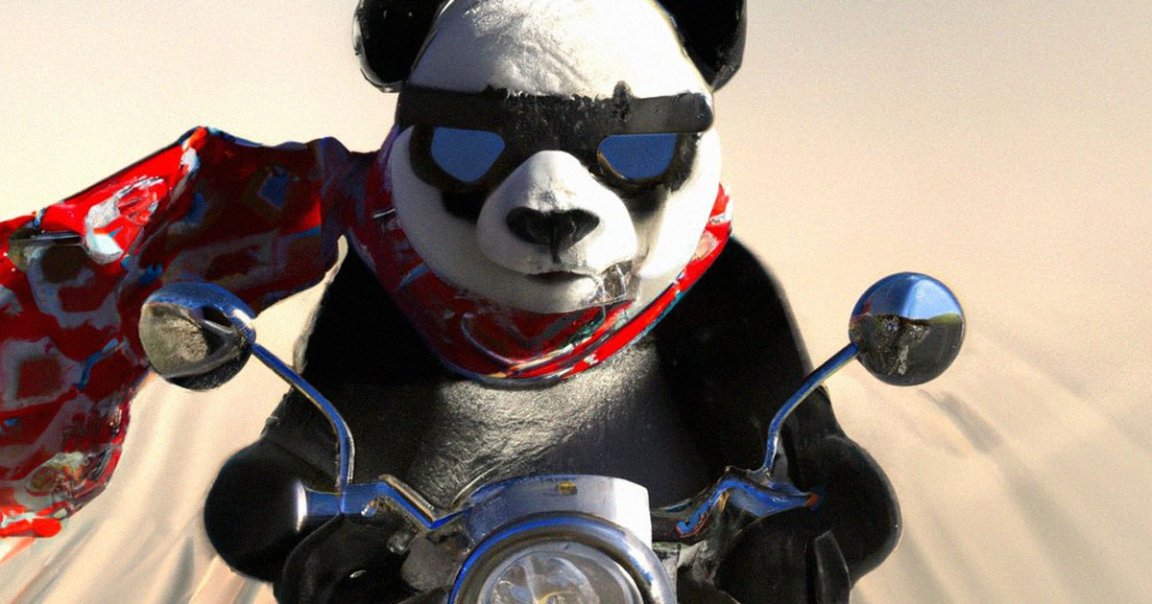
Astronaut Riding a Horse
Artificial intelligence company OpenAI has released its latest creation, called DALL-E2 — a genuinely impressive demonstration of the power of generative adversarial networks.
The system can turn simple text descriptions into photorealistic images. While that may sound like a simple task, it’s deceptively difficult for a machine learning algorithm to pick up on the cues of natural language, nevermind produce the crisp, evocative images that OpenAI is showing off.
Dunking Koala
DALL-E2 can edit images and change their composition, shadows, reflections, and textures on the fly. It can even combine totally alien concepts, like generating several believable images of an astronaut riding a horse in space, or a koala bear dunking a basketball.
It’s a truly powerful algorithm, as demonstrated by OpenAI research and product SVP Mira Murati, who used DALL-E2 to generate an image from the following, rather specific text: “macro 35mm film photography of a large family of mice wearing hats cozy by the fireplace.”
OpenAI employee Aris Konstantinidis used the tool to generate pictures of a panda riding a motorcycle in the desert while wearing a red bandana.
Careful Rollout
As to be expected, the process of creating the tool involved a lot of raw data.
“DALL·E 2 has learned the relationship between images and the text used to describe them,” OpenAI’s website reads.
The company is rolling out the tool slowly to a “select group of users” via a waitlist.
We can’t wait to get our hands on the tool and have some fun with it. What would you ask it to generate?
Updated to correct Aris Konstantinidis’ title.
More on OpenAI: OpenAI Chief Scientist Says Advanced AI May Already Be Conscious